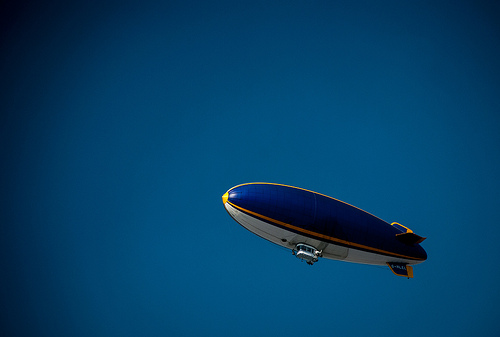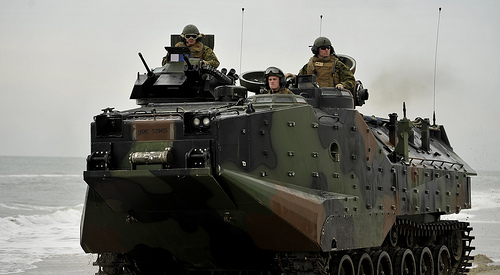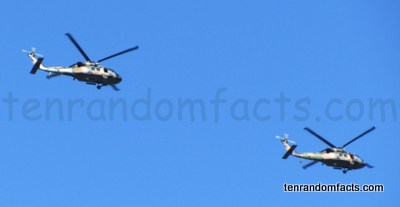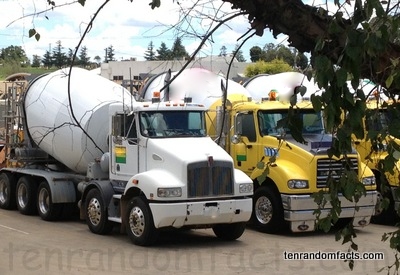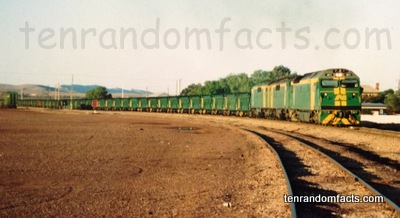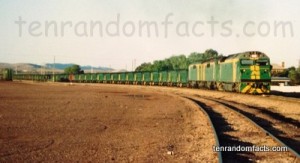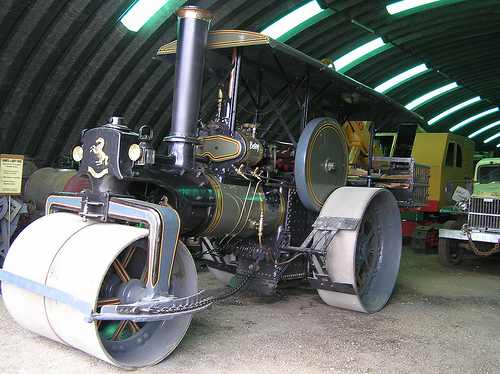
Before diesel.
- Steamrollers were rollers that flattened roads.
- Steamrollers were powered by steam, although the term steamroller is still applied to the more modern rollers run by diesel.
- Steamrollers flattened surfaces due to the mass of the vehicle and the cylindrical like drums, called rolls.
- Steamrollers typically had three rolls and were controlled by gears.
- Steamrollers are often seen in action at steam shows.

Steamroller
Image courtesy of Mr Pbps/Flickr
- The most famous steamroller manufacturer was the British company, Aveling and Porter.
- Britian was the largest steamroller producer and exported many of the machines to other countries.
- Part of the M1 motorway, the highway from London to Leeds, England, was built by steamrollers.
- Sometimes stemrollers had scraper bars fitted, that removed foreign material from the surface of the roll.
- Steamrollers have been popular in movies, music and books, including the Thomas the Tank Engine and Friends series and Bob the Builder episodes.



